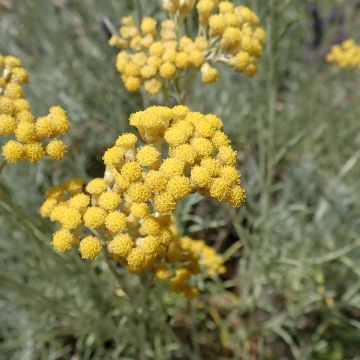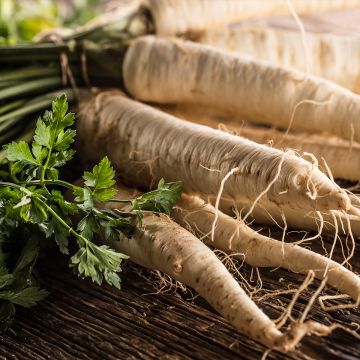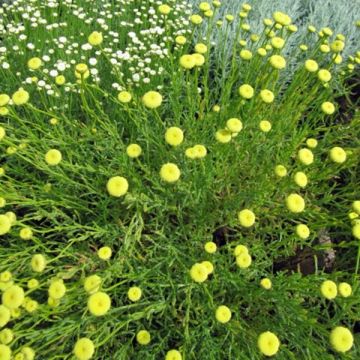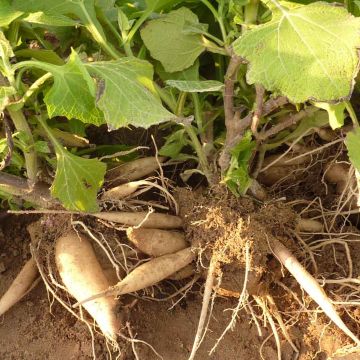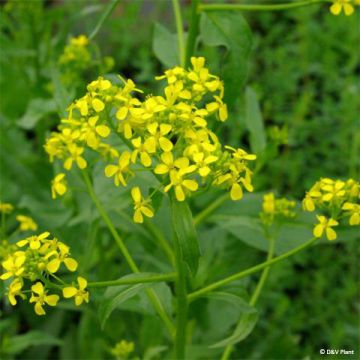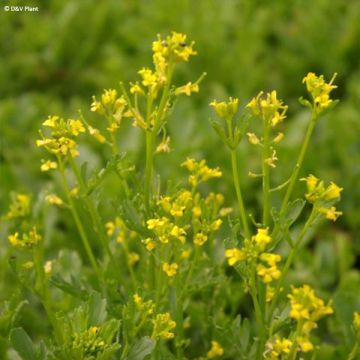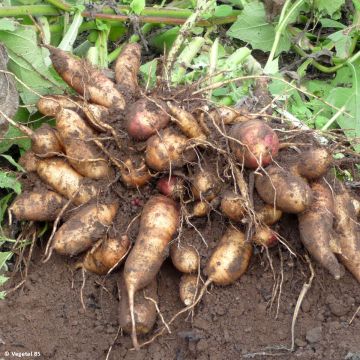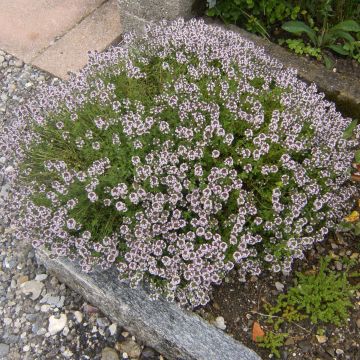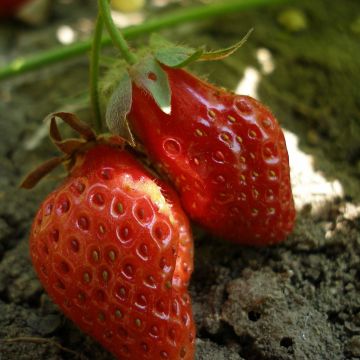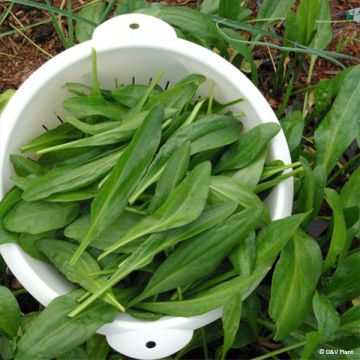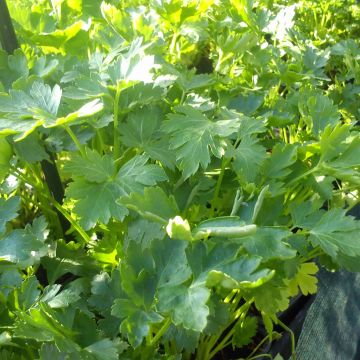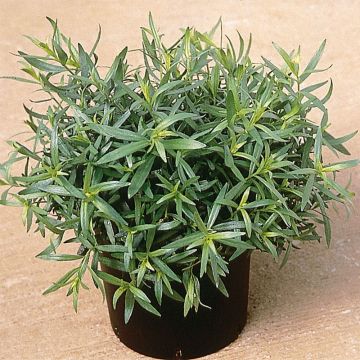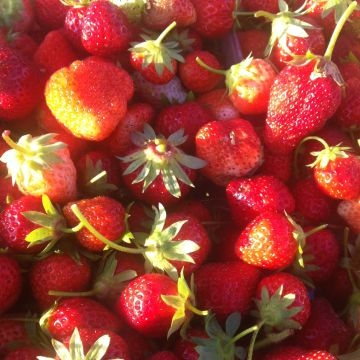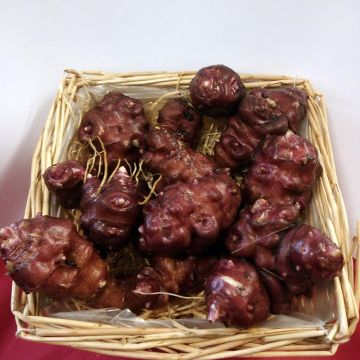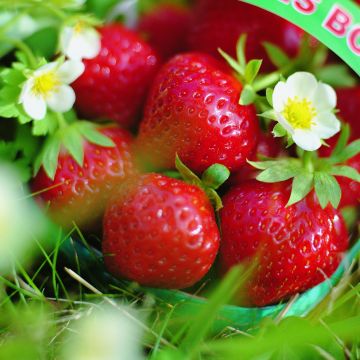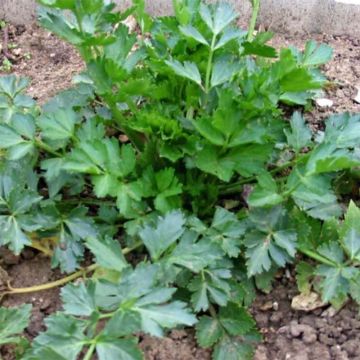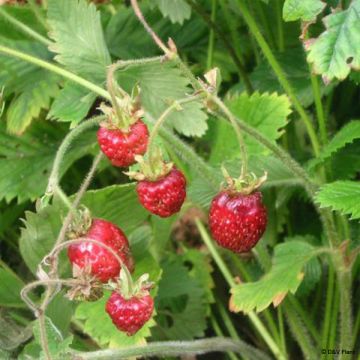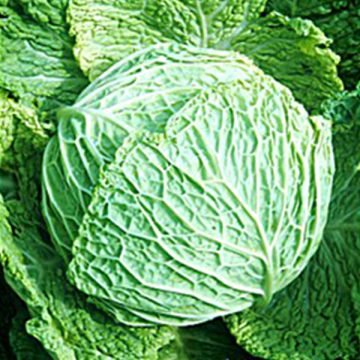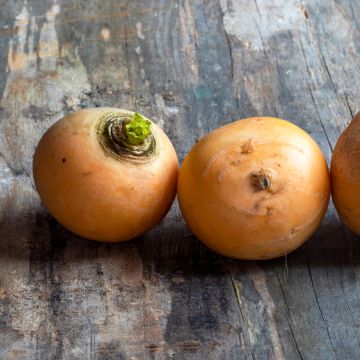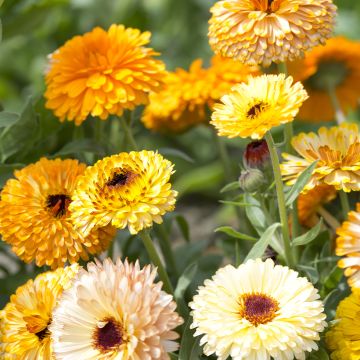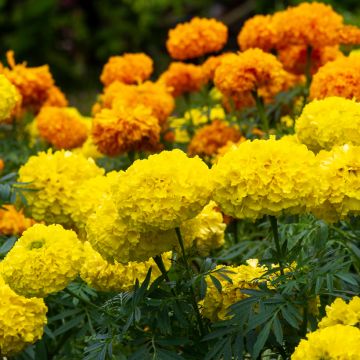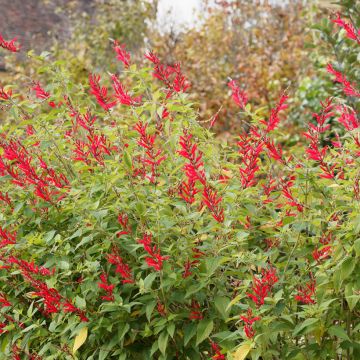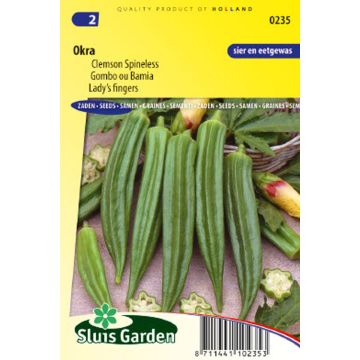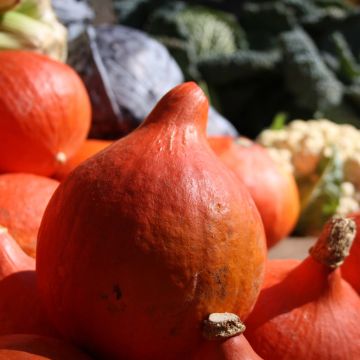Shipping country and language
Your country of residence may be:
Your country of residence is:
For a better user experience on our website, you can select:
Your shipping country:
Andorra
Austria
Belgium
Bulgaria
Canada
Chile
Croatia
Cyprus
Czechia
Denmark
Estonia
Finland
France
Germany
Greece
Hungary
Iceland
Ireland
Italy
Latvia
Lithuania
Luxembourg
Malta
Monaco
Netherlands
Poland
Portugal
Romania
Slovakia
Slovenia
Spain
Sweden
Switzerland
United Kingdom
We only deliver seed and bulb products to your country. If you add other products to your basket, they cannot be shipped.
Language:
French
German
Spanish
English
My Account
Hello
My wish lists
Plantfit
Log in / Register
Existing customer?
New customer?
Create an account to track your orders, access our customer service and, if you wish, make the most of our upcoming offers.
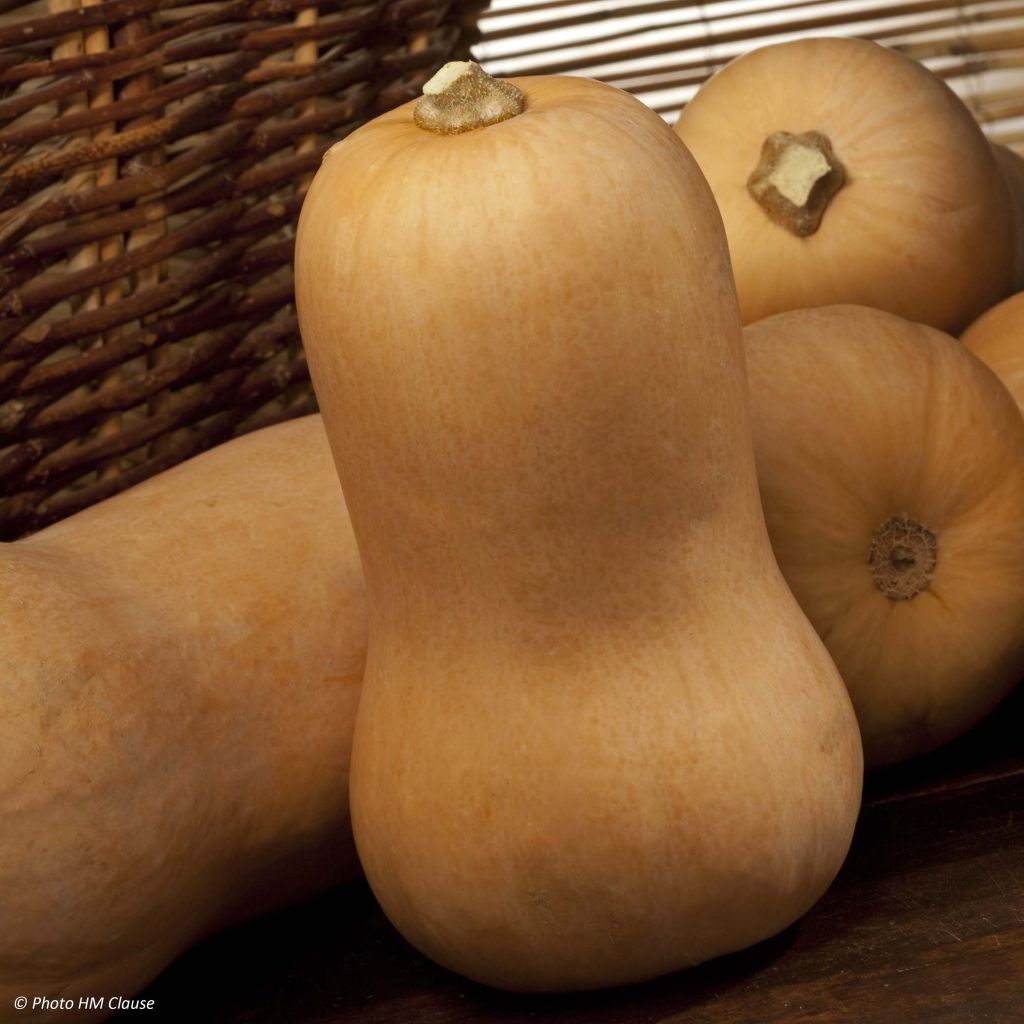

Squash Sibelle F1 plants - Cucurbita moschata
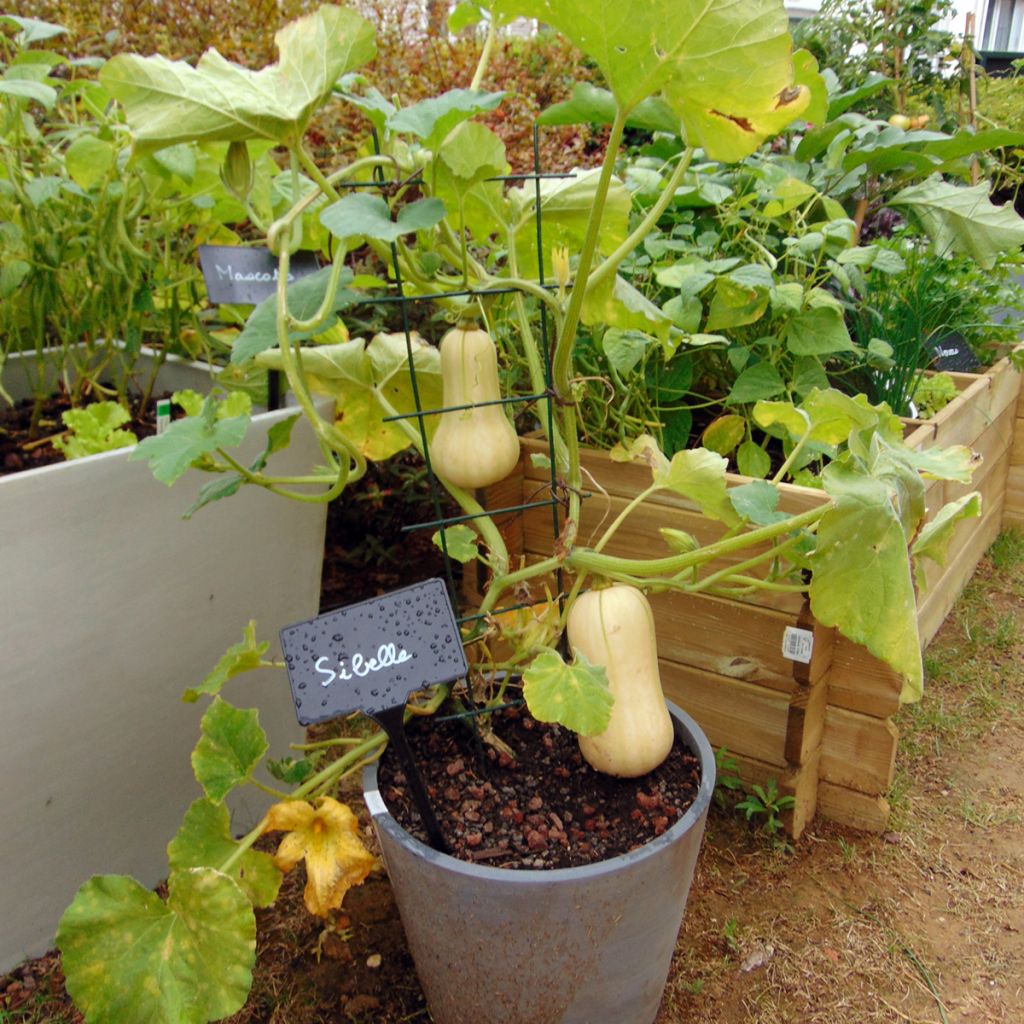

Courge Butternut Sibelle F1 en plants
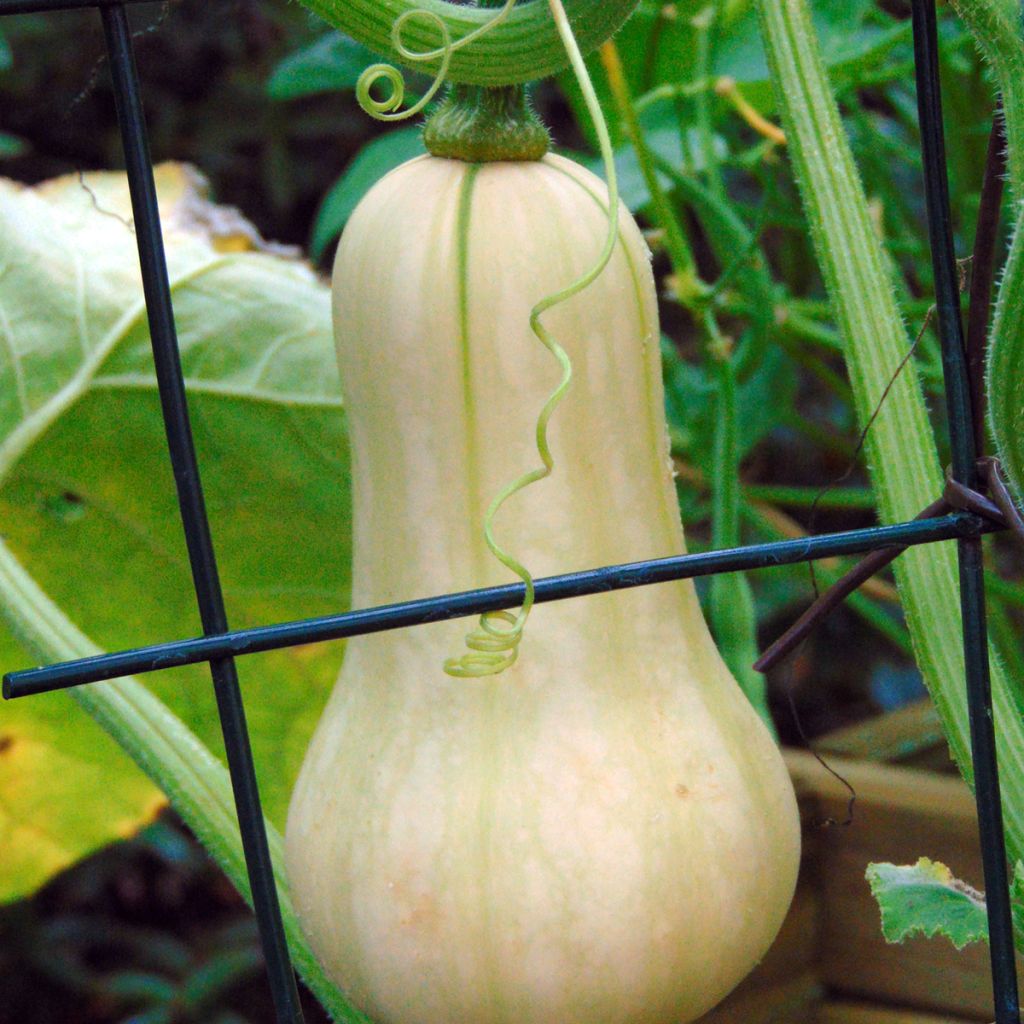

Courge Butternut Sibelle F1 en plants
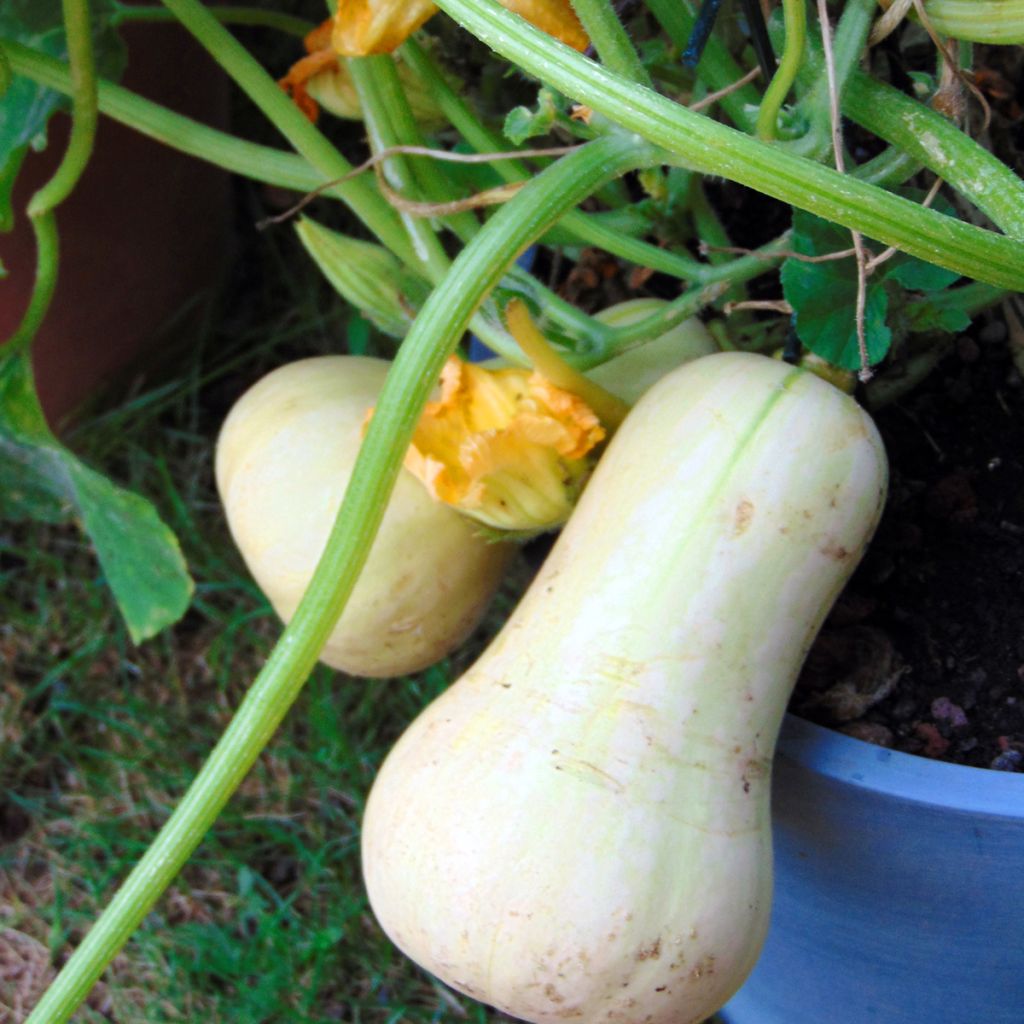

Courge Butternut Sibelle F1 en plants
Squash Sibelle F1 plants - Cucurbita moschata
Cucurbita moschata Sibelle F1
Butternut squash, Crookneck pumpkin
Plants arrived in good condition. Let's wait and see what happens next.
Maryvonne, 11/05/2022
Why not try an alternative variety in stock?
View all →Order in the next for dispatch today!
Dispatch by letter from €3.90.
Delivery charge from €5.90 Oversize package delivery charge from €6.90.
More information
This item is not available in your country.
Schedule delivery date,
and select date in basket
This plant carries a 6 months recovery warranty
More information
We guarantee the quality of our plants for a full growing cycle, and will replace at our expense any plant that fails to recover under normal climatic and planting conditions.
From €5.90 for pickup delivery and €6.90 for home delivery
Express home delivery from €8.90.
Description
The Butternut Sibelle F1 squash, also known as crookneck pumpkin, is a hybrid variety resistant to powdery mildew. It produces fruits weighing between 1 and 1.5 kilos, with beautiful orange skin and excellent-tasting flesh.
Butternut squash, Sucrine du Berry, and others belong to the Cucurbitaceae family, of the genus Cucurbita moschata. This annual herbaceous plant has long, vigorous, trailing, or even climbing stems with strong tendrils. Each plant has separate male and female flowers, making it monoecious. The female flowers will bear fruit once they are pollinated by the pollen from the male flowers.
They are usually elongated in shape, with a swollen club-shaped end, sometimes spherical, flatter, or ribbed. Their colour is also highly variable: dark green, orange, cream, etc. When ripe, they are covered in a characteristic dust. The peduncle has five distinct ribs and widens as it spreads at the point of attachment to the fruit. The flesh is thick and of a rather dark colour, ranging from red to orange.
Harvest and storage:
Harvest the squashes as late as possible but before the first frosts. Keep the peduncle (the stem of the fruit) as large as possible and store them in a cool room (10 to 15°C (50 to 59°F)), making sure they do not touch each other. This way, you can store them for several months to a year.
Gardening tips:
You can bury the stems at the nodes to encourage rooting.
To save space and protect your fruits from rot, you can cultivate pumpkins on supports such as a trellis or sturdy stakes. You can also place a tile or brick, for example, between the ground and the fruit to isolate it and reduce premature rotting. A thick mulch will also do the trick.
Harvest
Plant habit
Foliage
Other Vegetable plants A to Z
Planting and care
Preparation:
Cucurbitaceae, like a rich and deep loose soil. Dig a hole of at least 40cm (16in) in all directions and fill it with well-decomposed manure and/or compost. In addition to good fertilisation, they will need plenty of water and heat, and plenty of space (at least 1 square metre).
Planting:
Planting in open ground is done from mid-May to mid-July, when the risk of frost has passed and the soil is sufficiently warmed up. Space the plants one metre apart in all directions. Soak the plants in water for a few moments before planting. Dig a hole 20cm (8in) in all directions and place compost at the bottom. Plant your plant with the graft point at ground level, without burying it, and cover the root ball with soil. Firm the soil and water.
Maintenance:
Hoe and weed at the beginning of cultivation. We recommend mulching the soil, around the end of June, with thin successive layers of clippings, if possible mixed with dead leaves. This protection, which keeps the soil moist, also reduces weeding. During cultivation, water regularly and generously (once a week in summer if there is mulch).
Finally, you can protect young plants from slugs and snails by placing ashes or coffee grounds nearby, to be renewed after rain.
Running varieties need to be pinched. When the plant has 4 or 5 leaves, cut the stem above the first two leaves. Then cut the secondary stems again, after the formation of 3 or 4 fruits.
Cultivation
Care
Intended location
- , onOrder confirmed
Reply from on Promesse de fleurs
Themed vegetable gardens
Haven't found what you were looking for?
Hardiness is the lowest winter temperature a plant can endure without suffering serious damage or even dying. However, hardiness is affected by location (a sheltered area, such as a patio), protection (winter cover) and soil type (hardiness is improved by well-drained soil).

Photo Sharing Terms & Conditions
In order to encourage gardeners to interact and share their experiences, Promesse de fleurs offers various media enabling content to be uploaded onto its Site - in particular via the ‘Photo sharing’ module.
The User agrees to refrain from:
- Posting any content that is illegal, prejudicial, insulting, racist, inciteful to hatred, revisionist, contrary to public decency, that infringes on privacy or on the privacy rights of third parties, in particular the publicity rights of persons and goods, intellectual property rights, or the right to privacy.
- Submitting content on behalf of a third party;
- Impersonate the identity of a third party and/or publish any personal information about a third party;
In general, the User undertakes to refrain from any unethical behaviour.
All Content (in particular text, comments, files, images, photos, videos, creative works, etc.), which may be subject to property or intellectual property rights, image or other private rights, shall remain the property of the User, subject to the limited rights granted by the terms of the licence granted by Promesse de fleurs as stated below. Users are at liberty to publish or not to publish such Content on the Site, notably via the ‘Photo Sharing’ facility, and accept that this Content shall be made public and freely accessible, notably on the Internet.
Users further acknowledge, undertake to have ,and guarantee that they hold all necessary rights and permissions to publish such material on the Site, in particular with regard to the legislation in force pertaining to any privacy, property, intellectual property, image, or contractual rights, or rights of any other nature. By publishing such Content on the Site, Users acknowledge accepting full liability as publishers of the Content within the meaning of the law, and grant Promesse de fleurs, free of charge, an inclusive, worldwide licence for the said Content for the entire duration of its publication, including all reproduction, representation, up/downloading, displaying, performing, transmission, and storage rights.
Users also grant permission for their name to be linked to the Content and accept that this link may not always be made available.
By engaging in posting material, Users consent to their Content becoming automatically accessible on the Internet, in particular on other sites and/or blogs and/or web pages of the Promesse de fleurs site, including in particular social pages and the Promesse de fleurs catalogue.
Users may secure the removal of entrusted content free of charge by issuing a simple request via our contact form.
The flowering period indicated on our website applies to countries and regions located in USDA zone 8 (France, the United Kingdom, Ireland, the Netherlands, etc.)
It will vary according to where you live:
- In zones 9 to 10 (Italy, Spain, Greece, etc.), flowering will occur about 2 to 4 weeks earlier.
- In zones 6 to 7 (Germany, Poland, Slovenia, and lower mountainous regions), flowering will be delayed by 2 to 3 weeks.
- In zone 5 (Central Europe, Scandinavia), blooming will be delayed by 3 to 5 weeks.
In temperate climates, pruning of spring-flowering shrubs (forsythia, spireas, etc.) should be done just after flowering.
Pruning of summer-flowering shrubs (Indian Lilac, Perovskia, etc.) can be done in winter or spring.
In cold regions as well as with frost-sensitive plants, avoid pruning too early when severe frosts may still occur.
The planting period indicated on our website applies to countries and regions located in USDA zone 8 (France, United Kingdom, Ireland, Netherlands).
It will vary according to where you live:
- In Mediterranean zones (Marseille, Madrid, Milan, etc.), autumn and winter are the best planting periods.
- In continental zones (Strasbourg, Munich, Vienna, etc.), delay planting by 2 to 3 weeks in spring and bring it forward by 2 to 4 weeks in autumn.
- In mountainous regions (the Alps, Pyrenees, Carpathians, etc.), it is best to plant in late spring (May-June) or late summer (August-September).
The harvesting period indicated on our website applies to countries and regions in USDA zone 8 (France, England, Ireland, the Netherlands).
In colder areas (Scandinavia, Poland, Austria...) fruit and vegetable harvests are likely to be delayed by 3-4 weeks.
In warmer areas (Italy, Spain, Greece, etc.), harvesting will probably take place earlier, depending on weather conditions.
The sowing periods indicated on our website apply to countries and regions within USDA Zone 8 (France, UK, Ireland, Netherlands).
In colder areas (Scandinavia, Poland, Austria...), delay any outdoor sowing by 3-4 weeks, or sow under glass.
In warmer climes (Italy, Spain, Greece, etc.), bring outdoor sowing forward by a few weeks.
